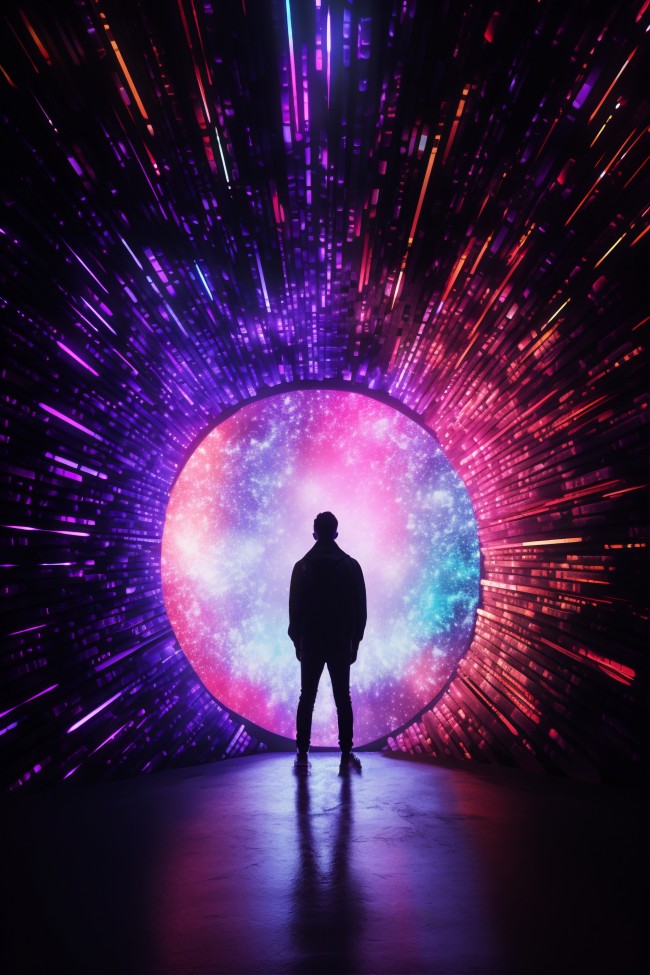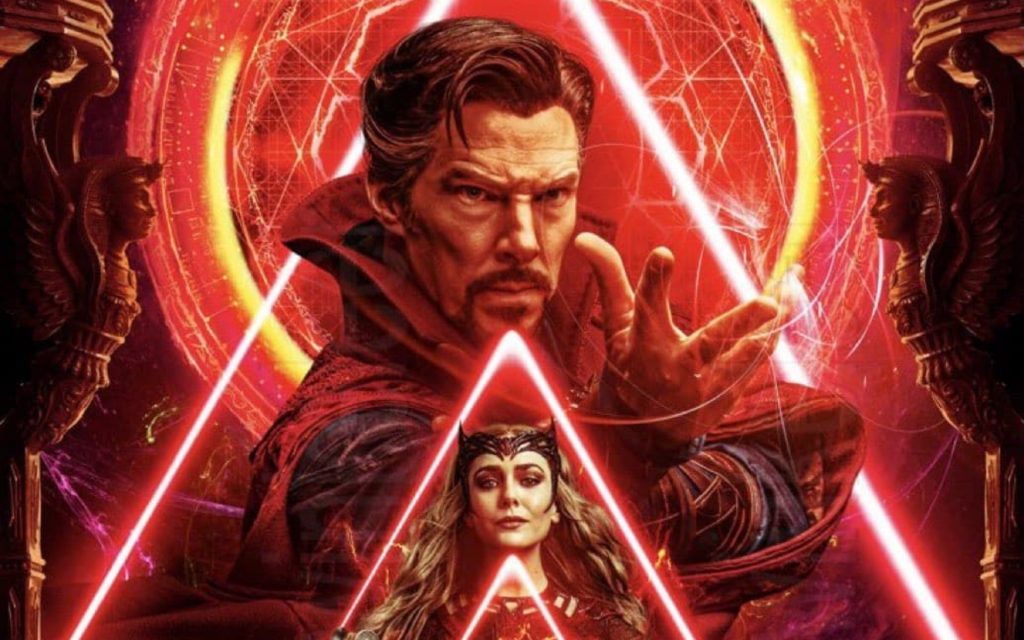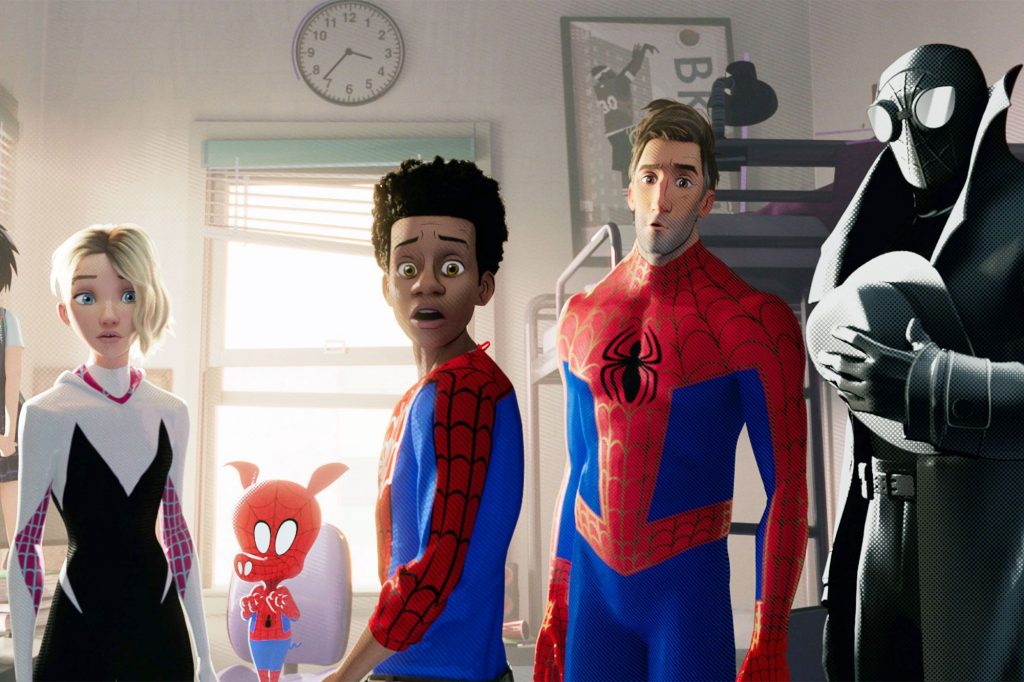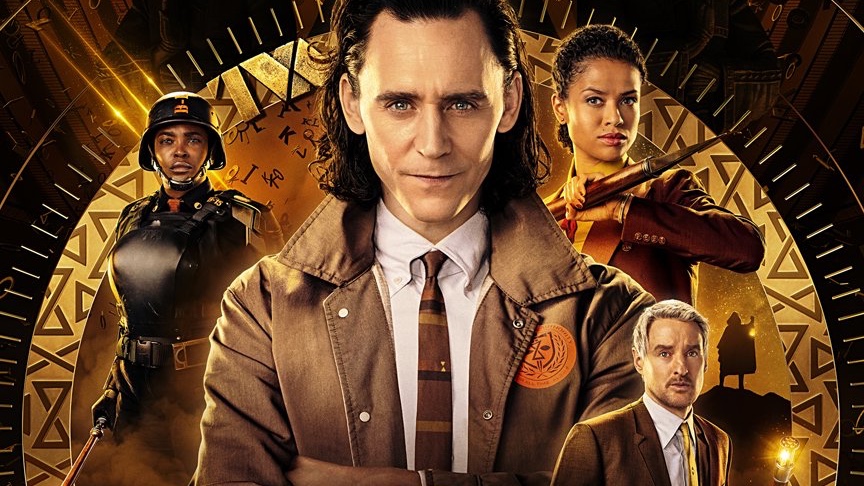Beyond Worlds: How to Write a Mind-Bending Multiverse Movie

A multiverse movie is a film that explores the concept of multiple, often infinite, universes existing alongside or overlapping with each other, each containing alternate variations of characters, events, and realities.
How Multiverse Movies Work
The multiverse is typically defined as an infinite collection of universes, each governed by its own laws, outcomes, or timelines. It’s a system of many universes, which may have entirely different physical laws, dimensions, or constants. Multiverse movies often show characters traveling across widely different worlds, not just alternate versions of Earth.
In films like Marvel’s Doctor Strange in the Multiverse of Madness and Oscar winner Everything Everywhere All At Once, characters move between universes using devices, powers, or portals — sometimes intentionally, sometimes by accident. These movies often involve “variants,” or alternate versions of familiar characters, showing how different choices and circumstances create drastically different individuals, behaviors, and worlds.
The multiverse can serve as both a plot device and as a metaphor for possibility, identity, purpose, exploration, and meaning, depending on the film.
Multiverse movies differ from parallel-universe stories in ambition, scale, and concept. Multiverse movies typically feature a vast array of universes — potentially infinite — while parallel universe stories usually focus on just one, or a handful of alternate worlds, adjacent to the original reality.

Doctor Strange in the Multiverse of Madness. Photo courtesy of Walt Disney Studios
A parallel universe is typically presented as a linked alternate version of the main universe — often with similar rules, but different outcomes due to key choices or events. These stories tend to focus on contrast between two familiar worlds. “What if things happened differently? What if the allies didn’t win WWII?” Parallel universe tales explore direct emotional and philosophical ramifications of a different path, rather than the wild range found in multiverse films.
Why Create a Multiverse?
Multiverse movies offer creative flexibility and the opportunity to revisit, remix, or expand established franchises, as seen with Marvel’s multiverse saga and nostalgic character cameos. They also allow deeper emotional exploration by showing characters wrestling with contrasting versions of themselves — reflecting on choices and actions made or not made.
Overall, a multiverse movie uses the framework of multiple interconnected universes to introduce inventive storytelling, emotional depth, and often visual spectacle, shaping both blockbuster and independent films in contemporary cinema. A successful multiverse narrative uses its premise to examine its core themes, deepen its characters, and explore philosophical questions.

Evelyn (Michelle Yeoh) Everything Everywhere All At Once. Photo courtesy of A24
Character Exploration: What if your hero made a different choice? The multiverse allows you to directly show, rather than just tell, the impact of major decisions. Everything Everywhere All at Once is a useful example. Evelyn Wang’s (Michelle Yeoh) journey isn’t just about saving the multiverse; it’s about her coming to terms with her life choices, her regrets, and ultimately, finding joy and meaning in her own reality. The alternate Evelyns aren’t just entertaining cameos; they represent the paths she didn’t take and the person she could have been.
Thematic Amplification: Are you exploring prescribed destiny versus free will? The nature of identity? The power of love or regret? The multiverse can serve as a laboratory to test these ideas. Spider-Man: Into the Spider-Verse isn’t just a superhero romp; it’s a profound meditation on heroism, legacy, and finding your own path. Each Spider-person, from the jaded Peter B. Parker (Jake Johnson) to the punk rock Spider-Gwen, embodies a different facet of what it means to be Spider-Man, all while reinforcing Miles’s journey to define his own heroism.
World-Building Expansion: Got a world that’s just bursting with possibilities? The multiverse lets you explore its myriad iterations without having to hit the “reset” button. Think about how the MCU has dabbled in this – the “What If…?” series explicitly uses the multiverse to explore alternate scenarios and character developments within established lore.
Your multiverse needs rules. Even if those rules are “there are no rules,” that’s still a rule! Define how travel between universes works, what the consequences are, and what (if anything) prevents chaos.

Spider Man: Into The Spider-Verse. Photo courtesy of Sony Pictures
The Anchor Reality
Even in a story spanning infinite realities, you need a home base. This is your anchor reality – the universe where your primary protagonist originates and where the audience will likely spend the most time. It’s where your characters return once an alternate reality spirals out of control. This grounds your story and provides an emotional tether and logic.
The heart of your story should always be about your main character’s transformation. In Doctor Strange in the Multiverse of Madness, while battling Scarlet Witch across realities, Stephen Strange’s core journey is about accepting help and trusting others, a lesson he learns by witnessing alternate versions of himself.
Give them a relatable problem. Miles Morales wants to live up to the Spider-Man mantle. Evelyn Wang feels unfulfilled and disconnected from her family. These are relatable human struggles, magnified by the multiverse.
Crafting Your Alternate Selves
Your alternate selves aren’t just clones; they’re reflections, distortions, or evolutions of your main character, each embodying a different choice, a different path, or a different “what if?”
The “What If? Principle: For each alternate self, ask: “What if X happened instead?” “What if they made choice Y?” “What if they were born into Z circumstances?” What if a hero became a villain in an alternate universe or an average person had superpowers? This can be incredibly powerful, forcing your protagonist to confront their self-limiting beliefs and unearth their true potential.
Navigating Multiple Realities
Your plot needs to be clear, even amidst the chaos of multiple universes. Here’s how to keep it on track:
A Clear Inciting Incident: How does the multiversal journey begin? Is it an accident? A deliberate act? A desperate last resort? In Doctor Strange 2, America Chavez bursts into Stephen Strange’s reality, bringing the multiverse to his doorstep.
The Core Conflict: What are the stakes? Is someone trying to destroy the multiverse? Are they trying to consolidate power? Is it a race against time to save a particular reality? The more personal the stakes for your hero, the better.
Navigational Rules: How do your characters travel between universes? Is it through portals, advanced technology, innate power, or something else entirely? Clearly define the mechanics. Are there limitations? Consequences? Loki (the series) establishes strict rules and consequences for timeline variants and nexus events.
The Threat: Your antagonist needs to be formidable and their motivations clear. Do they want to collapse all realities into one? Do they seek power from other universes? Is their goal rooted in a personal tragedy that spans realities?
Universal Threat: Something that endangers all realities (e.g., the incursions in Marvel Comics, which Doctor Strange 2 briefly touches upon).
Personal Threat, Multiverse-Enabled: The antagonist might be targeting your protagonist across realities, or using the multiverse to achieve a personal goal that has multiversal ramifications (e.g., Wanda in Doctor Strange 2 trying to find her children in another universe).
Escalation: The stakes should naturally escalate. What starts as a localized problem might become a multiversal catastrophe via a butterfly effect. Introduce new challenges and new alternate selves as the plot progresses.
The Climax: The ultimate showdown. This should ideally take place in a way that fully utilizes the multiversal premise. Think about the epic final battles in Everything Everywhere All at Once and Spider-Man: Into the Spider-Verse, where the very fabric of reality is weaponized or embraced.
Multiverse Storytelling Pitfalls to Avoid
Multiverse stories are full of traps. Here’s how to sidestep the most common ones:
Information Overload: Don’t drown your audience in excessive exposition about every single universe. Focus on the ones that matter to the story and let the visual storytelling do the heavy lifting. Everything Everywhere throws a lot at you, but it’s done with such frantic energy and clear emotional stakes that it never feels truly overwhelming.
Confusing (or Changing) Rules: If your audience can’t grasp the basic mechanics of your multiverse, they’ll check out. Keep the rules consistent, even if they’re complex and you occasionally need to repeat them.
Lack of Emotional Core: Without a strong emotional hook, your multiverse movie will feel cold and academic. No matter how dazzling the spectacle, the audience needs to care about the characters and their journey.
Deus Ex Machina (Multiverse Edition): Don’t use the multiverse to conveniently solve every problem. Your characters still need to earn their victories. Think of a multiverse as multiple narratives merged into one.
Too Many Characters: While fun, too many alternate selves can dilute the focus and their identity. Be selective and make sure each alternate version serves a distinct narrative purpose.
Low Stakes: If death or failure in one universe doesn’t have consequences for others, or if there’s always “another version” to fall back on, the stakes can feel diminished. Ensure there’s genuine peril and ask: “What’s the worst that can happen?”

LOKI (Tom Hiddleston) Photo courtesy of Marvel Studios
Multiverse Examples That Nailed It
Let’s look at some more recent examples of multiverse movies:
Everything Everywhere All at Once (2022): This is a recent example blending absurd comedy, profound emotional depth, and wild action within a multiversal framework. Its strength lies in anchoring the cosmic absurdity to Evelyn’s deeply human struggle with family, identity, and regret. The “verse-jumping” technology is explained simply, and the alternate realities are used to amplify Evelyn’s internal journey. The “bagel” as the ultimate threat is both hilarious and surprisingly profound.
Spider-Man: Into the Spider-Verse (2018): A groundbreaking animated film that redefined superhero storytelling. It elegantly introduces multiple Spider-People from different dimensions, each with a unique visual style and personality. The focus remains squarely on Miles Morales’s journey of self-discovery, with the alternate Spideys serving as mentors and reflections of his potential. The rules of interdimensional travel are clear, and the stakes feel incredibly high despite the multitude of heroes.
Loki (TV Series, 2021 – present): While primarily focused on branching timelines rather than full-blown alternate universes, Loki masterfully explores the implications of variants and free will within a “multiversal” context. It establishes a powerful bureaucratic force (the TVA) that polices the Sacred Timeline, offering a fascinating look at the control and manipulation of reality. The concept of “nexus events” provides a clear rule set for how disruptions occur.
Doctor Strange in the Multiverse of Madness (2022): This film leaned heavily into the horror elements of the multiverse, exploring the terrifying consequences of unchecked power and emotional torment across realities.
Writing a multiverse movie is like conducting a cosmic orchestra. It’s challenging, but absolutely worth it. So, open your mind, break those conventional storytelling barriers, and create something truly multiversal!
Join the Discussion!
Related Articles
Browse our Videos for Sale
[woocommerce_products_carousel_all_in_one template="compact.css" all_items="88" show_only="id" products="" ordering="random" categories="115" tags="" show_title="false" show_description="false" allow_shortcodes="false" show_price="false" show_category="false" show_tags="false" show_add_to_cart_button="false" show_more_button="false" show_more_items_button="false" show_featured_image="true" image_source="thumbnail" image_height="100" image_width="100" items_to_show_mobiles="3" items_to_show_tablets="6" items_to_show="6" slide_by="1" margin="0" loop="true" stop_on_hover="true" auto_play="true" auto_play_timeout="1200" auto_play_speed="1600" nav="false" nav_speed="800" dots="false" dots_speed="800" lazy_load="false" mouse_drag="true" mouse_wheel="true" touch_drag="true" easing="linear" auto_height="true"]










You must be logged in to post a comment Login